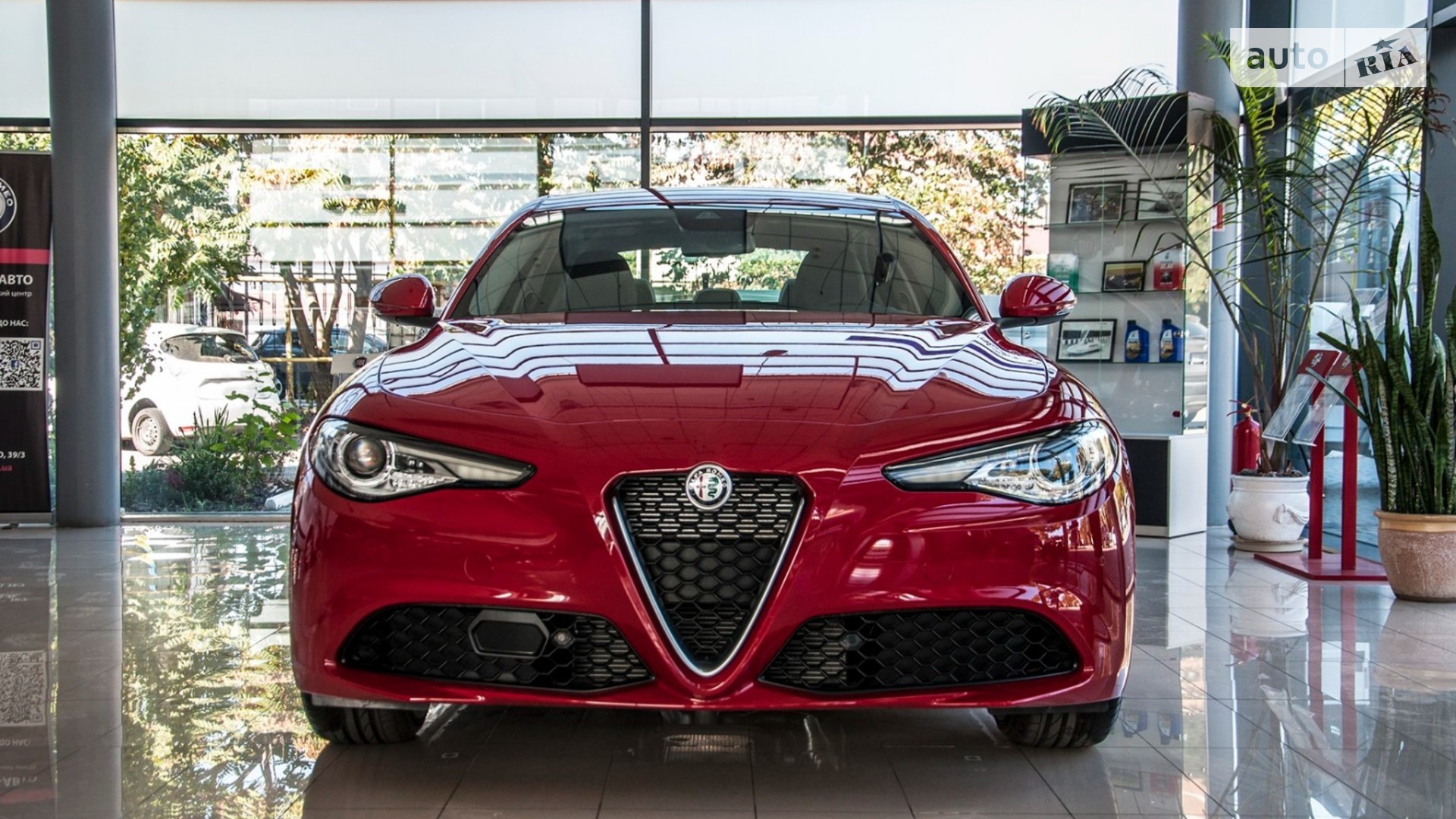
16V engine - the most popular cars with a powerful drive from Alfa Romeo, Honda and Citroen
Content
The 16V engine is different in that it has 16 intake and exhaust valves, which are divided into 4 cylinders. Thanks to them, it is possible to optimize the combustion process in the drive unit. Check out what else is worth knowing about the 16V variety!
16V engine - basic information
Combustion optimization in a 16V engine is that the intake valves let fresh air into the cylinder and then does not let it out. In turn, the exhaust valves open before the fourth stroke to ensure proper circulation and the ejection of the already burned fuel-air mixture.
It is worth noting that not every 16-volt motor has the same design. The design of each engine may vary - some variations will have, for example, one intake and exhaust valve, and some will have three, five or eight valves per cylinder. However, the models that work exceptionally stable are, first of all, engines equipped with 4x4 valves.
What are the characteristics of 16V motors?
Thanks to special design solutions, the 16V engine with 4 valves per cylinder, 2 intake valves and 2 exhaust valves provides a high work culture. Thanks to them, more efficient gas exchange occurs in the cylinders. This causes the drive unit to generate higher revolutions and, as a result, more powerful power.
Cars with the best units
The four-cylinder sixteen-valve engine is present in serial production. Manufacturers do not even dare to put on the hood of the car an appropriate sign that this engine is working. From this large group of drives, there are several that give seemingly ordinary cars unique features, raising them to the top of their capabilities.
Alfa Romeo 155 1.4 16V TS
The car was presented in March 1992 in Barcelona, and then exhibited at the premiere in the same year at the Alfa Romeo Geneva Motor Show. Vehicle production ended with 195 units in 526.
The model replaced the 75 variant, and the design was mounted on the Type Three platform. The project was supervised by specialists from the office of the U.DE.A. This played a significant role in the driving performance of the car. The body was distinguished by a low drag coefficient of 0,29. Inside, there was a surprising amount of space for passengers and the driver, and luggage was placed in a capacious tank with a capacity of 525 liters.
Technical data of the installed engine
The engine was the result of collaboration and consultation with racing driver Giorgio Piata, who brought his racing sports experience to bear on the creation of the production car. The 16V block was available in three variants. Produced since 1995:
- 1.6 16V: 1,598 cc cm, power 120 hp at 144 Nm, top speed 195 km/h;
- 1.8 16V: 1,747 cc cm, power 140 hp at 165 Nm, top speed 205 km/h;
- 2.0 16V: 1,970cc cm, power 150 hp at 187 Nm, top speed 210 km/h.
Honda Civic VI 5d 1.6i VTEC
The 1995 Honda Civic had very good driving characteristics. This was due to the type of suspension used. It featured double wishbones, coil springs and an anti-roll bar in the rear suspension.
A decision was also made for ventilated brake discs at the front and brake discs at the rear. The car also uses FWD front-wheel drive with a 5-speed manual transmission. The average fuel consumption was 7,7 liters per 100 km, and the total fuel tank capacity was 55 liters.
Technical data of the installed engine
The car is equipped with an atmospheric gasoline engine with 4 cylinders in the DOHC system. It provided 124 hp. at 6500 rpm and 144 Nm of torque. The exact working volume was 1 cm590, the bore diameter was 3 mm, and the piston stroke was 75 mm. The compression ratio was 90.
Citroen BX 19
The Citroen BX has an interesting history, as the version with a modified 16-valve engine, the 205 T16, turned out to be a much more successful design than the original 4T series. It consumed quite a lot of fuel - 9,1 liters per 100 km and accelerated to 100 km / h in 9,6 seconds, the maximum speed was 213 km / h with a curb weight of 1065 kilograms.
The pendant is noteworthy. Very good driving performance was provided by a hydropneumatic system front and rear. All this was complemented by a stable brake system BX 19 16 Valve Kat with discs located front and rear. Production of the car began in 1986 and ended in 1993.
Technical data of the installed engine
The vehicle is powered by a naturally aspirated inline four-cylinder petrol engine designated DFW (XU9JA). He developed 146 hp. at 6400 rpm and 166 Nm of torque at 3000 rpm. Power was sent through FWD front-wheel drive with a 5-speed gearbox.